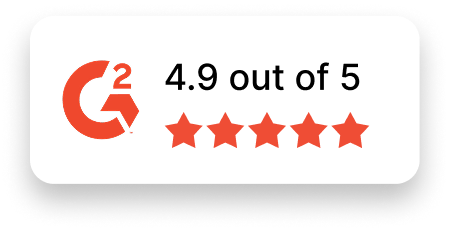Ethical Hacker (Penetration Tester) Job Description Template
Use this template to craft job descriptions for hiring Ethical Hackers (Penetration Testers). Customize it to align with your organization’s specific needs and goals.
Job Title: Ethical Hacker (Penetration Tester)
Location: [Specify Location or Remote]
Job Type: [Full-time/Part-time/Contract]
About the Role
We are seeking a skilled and methodical Ethical Hacker (Penetration Tester) to identify and mitigate vulnerabilities across our digital systems. You will play a critical role in safeguarding our networks, applications, and data from potential threats by simulating cyberattacks and recommending robust security measures.
If you have a passion for ethical hacking, cybersecurity, and staying ahead of emerging threats, this is your chance to protect and enhance our organization’s digital assets.
Responsibilities
- Plan and execute penetration tests on applications, networks, and systems to identify vulnerabilities.
- Perform security assessments, including vulnerability scans and risk analyses, to discover potential weak points.
- Develop detailed reports with findings and actionable recommendations for improving security.
- Employ ethical hacking techniques to simulate cyberattacks and test system defenses.
- Collaborate with IT teams to implement security fixes and patches identified during testing.
- Assist in developing and refining security policies and procedures within the organization.
- Stay up to date on new security technologies, tools, and best practices in ethical hacking and cybersecurity.
- Provide training and awareness for internal teams on common cyber threats and prevention strategies.
- Participate in incident response activities when required.
- Document processes, tools, and methodologies to enhance repeatability and effectiveness of penetration tests.
Required Skills & Experience
- Bachelor’s degree in Computer Science, Cybersecurity, or a related field (or equivalent experience).
- Proven experience in penetration testing, vulnerability assessments, or ethical hacking.
- Strong understanding of networking protocols, system architecture, and cybersecurity concepts.
- Familiarity with tools and frameworks like Metasploit, Burp Suite, Nmap, Nessus, or Kali Linux.
- Proficiency in scripting languages like Python, Bash, or PowerShell for automation and analysis.
- Solid knowledge of cryptography, authentication systems, and secure coding practices.
- Experience with compliance standards and frameworks such as ISO 27001, NIST, or GDPR.
- Strong problem-solving and analytical skills with meticulous attention to detail.
- Excellent communication skills, with the ability to explain technical concepts to non-technical audiences.
- Certifications like CEH (Certified Ethical Hacker), OSCP (Offensive Security Certified Professional), or CISSP (Certified Information Systems Security Professional).
Nice-to-Have Skills
- Experience with mobile application security testing or IoT device penetration testing.
- Knowledge of cloud security practices (e.g., AWS, Azure, GCP).
- Hands-on experience with advanced threat hunting or exploitation frameworks.
- Skill in reverse engineering or malware analysis.
- Understanding of zero-day vulnerabilities and advanced persistent threats (APTs).
- Awareness of global hacking trends and the tactics, techniques, and procedures (TTPs) used by threat actors.
- Demonstrated ability to contribute to open-source security projects or create custom tools.
Why Join Us?
- Exciting Challenges: Test your skills against complex security landscapes and cutting-edge technologies.
- Team Collaboration: Work alongside security experts dedicated to protecting critical digital environments.
- Learning and Development: Access professional training, certifications, and knowledge-sharing resources to keep evolving.
- Flexibility: Enjoy hybrid or remote work options tailored to your needs.
- Inclusive Culture: Join a diverse and supportive team where your unique perspectives and contributions are valued.
Apply Now
Are you ready to take on cyber threats and defend against vulnerabilities? Join [Your Company Name] as an Ethical Hacker (Penetration Tester) and help us fortify our digital infrastructure. Apply today!

